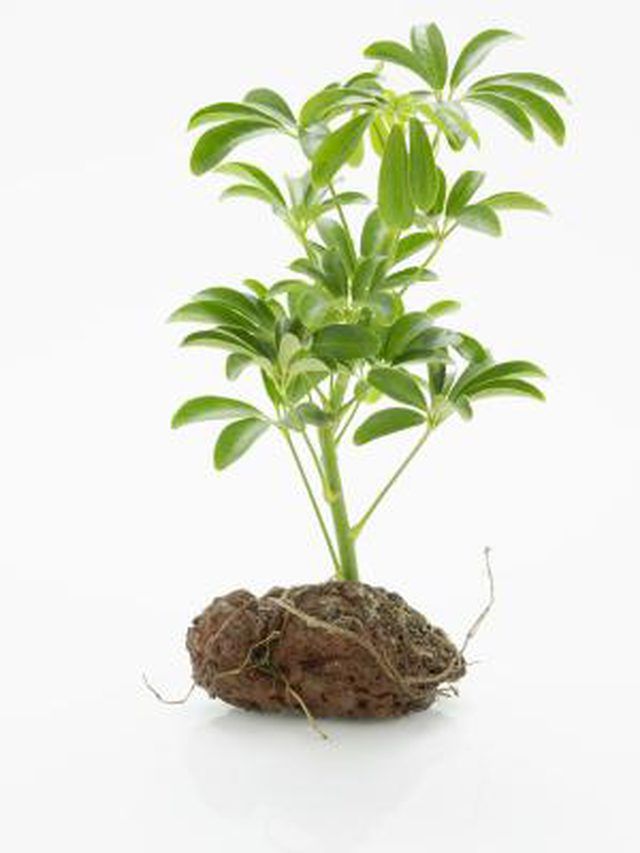Bulbs
Flower Basics
Flower Beds & Specialty Gardens
Flower Garden
Garden Furniture
Garden Gnomes
Garden Seeds
Garden Sheds
Garden Statues
Garden Tools & Supplies
Gardening Basics
Green & Organic
Groundcovers & Vines
Growing Annuals
Growing Basil
Growing Beans
Growing Berries
Growing Blueberries
Growing Cactus
Growing Corn
Growing Cotton
Growing Edibles
Growing Flowers
Growing Garlic
Growing Grapes
Growing Grass
Growing Herbs
Growing Jasmine
Growing Mint
Growing Mushrooms
Orchids
Growing Peanuts
Growing Perennials
Growing Plants
Growing Rosemary
Growing Roses
Growing Strawberries
Growing Sunflowers
Growing Thyme
Growing Tomatoes
Growing Tulips
Growing Vegetables
Herb Basics
Herb Garden
Indoor Growing
Landscaping Basics
Landscaping Patios
Landscaping Plants
Landscaping Shrubs
Landscaping Trees
Landscaping Walks & Pathways
Lawn Basics
Lawn Maintenance
Lawn Mowers
Lawn Ornaments
Lawn Planting
Lawn Tools
Outdoor Growing
Overall Landscape Planning
Pests, Weeds & Problems
Plant Basics
Rock Garden
Rose Garden
Shrubs
Soil
Specialty Gardens
Trees
Vegetable Garden
Yard Maintenance
How Rooting Hormones Work on Plant Cuttings
How Rooting Hormones Work on Plant Cuttings. Plant cuttings naturally want to continue producing new stems and foliage. Successful rooting involves encouraging cuttings to stop producing stem cells and start producing root cells. The proper use of rooting hormone can speed this process up considerably.

Plant cuttings naturally want to continue producing new stems and foliage. Successful rooting involves encouraging cuttings to stop producing stem cells and start producing root cells. The proper use of rooting hormone can speed this process up considerably.
Background
Rooting hormones contain auxin, a growth regulator naturally produced by plants, which increases cell length. This explains why it's possible to root many plant cuttings without the use of additional hormones whose primary function is to boost auxin levels.
How Hormones Work
When rooting hormones are applied to the end of a plant cutting, its stem cells are replaced with undifferentiated cells that eventually turn into root cells. The new cells form calluses at the site of the cut, and the hormones hasten the appearance of root cells that will produce strong healthy roots.
Considerations
Cell differentiation is the process that decides which plant cells will become leaves, stems or roots. Auxin reverses this process, according to the Santa Clarita Rose Society, causing all the cells to become roots. It's possible that, because plants manufacture their own auxin, the excessive use of hormones may actually slow the rooting process down or stop it altogether.